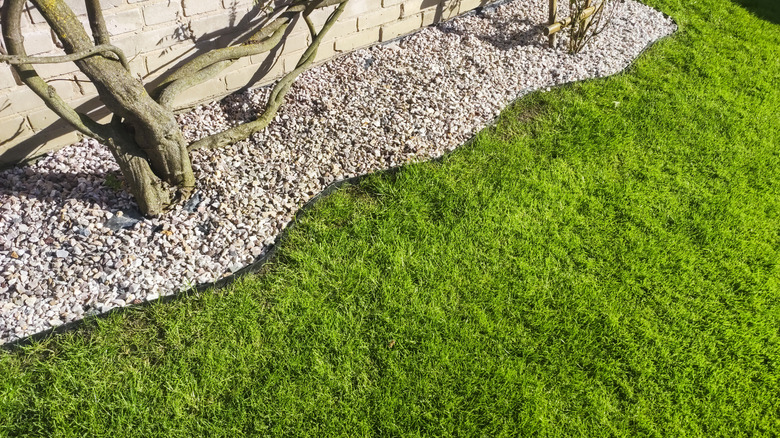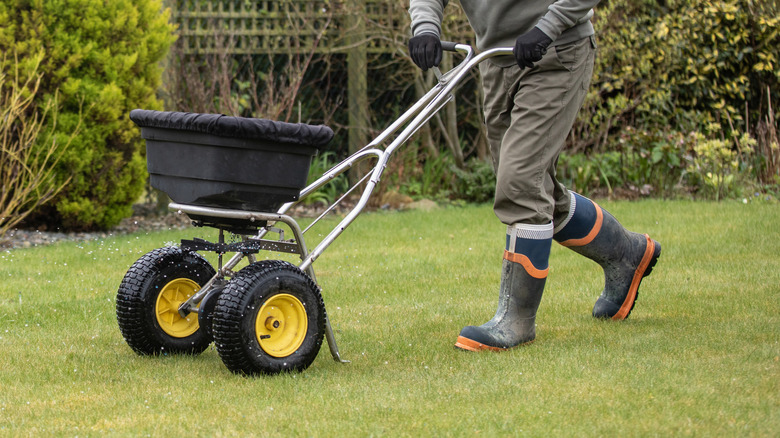What To Do Now For Healthier Fescue Grass Next Spring
Fescue grasses are popular cool-season grasses that are adaptable and low-maintenance. However, like any living thing, fescue grass requires a bit of TLC throughout the seasons. During the summer months, fescue grasses may go dormant as a survival mechanism and can suffer if the season is particularly hot. A lot of foot traffic can also affect your lawn's health. This means that you need to do certain things to care for your lawn in fall to promote healthier grass next spring.
When it comes to fall fescue grass maintenance, aerating is the first thing you need to do, followed by fertilizing and overseeding. Aerating removes small soil plugs from the lawn, which, in turn, helps with the movement of water, nutrients, and oxygen through the soil. It also improves rooting by alleviating compacted soil and makes fertilizer more effective with less runoff. September is a great time to aerate fescue grass, as this is when it is starting to come out of dormancy and put on growth.
The best way to aerate your lawn is with a core aerator. These tools remove plugs of soil from your lawn, which are then left on top of the grass. Some people choose to aerate their soils with spiking tools, but this can actually have a detrimental effect on the lawn. Spiking does not remove plugs and instead pushes them down, which can lead to compaction. If you don't have any of these tools at home, you can rent core aerators or hire a lawn care company to come do it for you.
What do you do after aerating fescue grass?
Aerating is not the only thing you can do in fall to promote a healthy fescue lawn. Fall is the best time of year to fertilize your lawn, and overseeding during this time can promote new growth and cover patchy, thin areas. Although fescue grasses need less fertilizer when compared to warm season grasses, giving your lawn a feed containing about 1 pound of nitrogen per 1,000 square feet once in October or November can be beneficial. Any more than this amount can actually be harmful to fescue grasses, as it may encourage weeds and diseases.
When it comes to overseeding, doing so after aerating means that there are holes in your lawn for the seeds to fall through, allowing more soil to come into contact with the seeds. This will promote strong growth. There are different lawn seeding techniques, and the one you use depends on what your lawn needs. You may wish to hand sow seeds to repair bare, dead patches in your lawn. Or, you may want to use a slit seeder if your lawn is very large, as this tool deposits the seeds directly into the soil.
Keep your lawn moist after overseeding your fescue grass, watering once a day until it is established. By doing these tasks in the fall, your lawn will look healthy, lush, and green when spring comes around!

